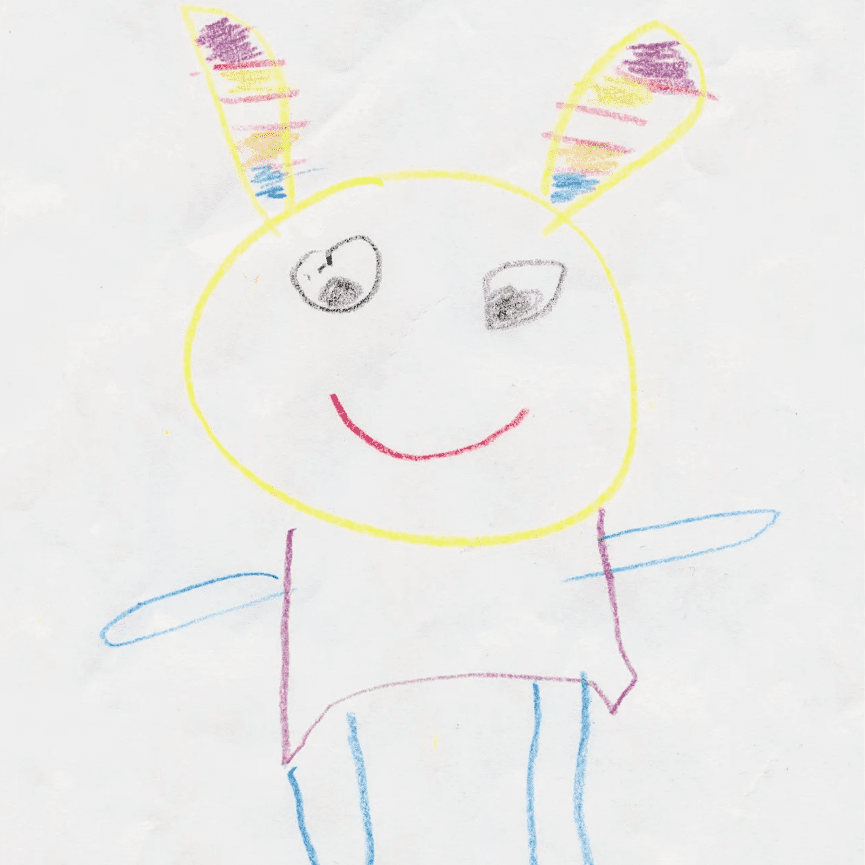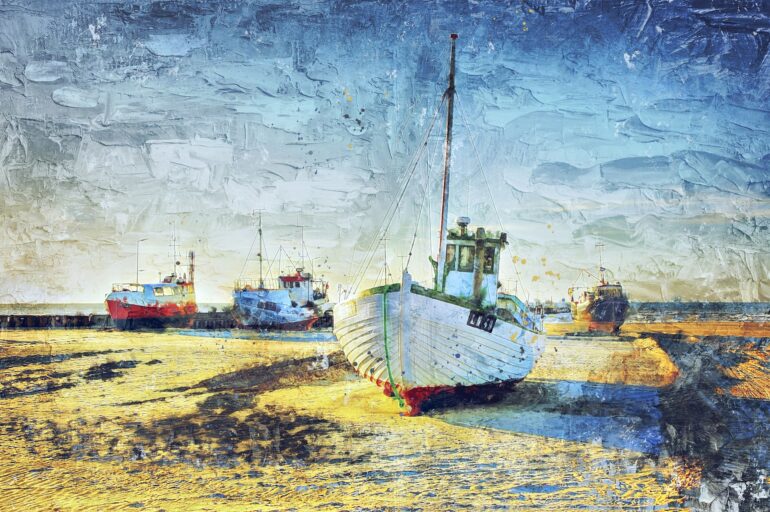TL;DR:
- Midjourney faces criticism for using a database of 16,000 artists to train its AI.
- Artists expose the database on social media, revealing the extensive range of artists and styles used.
- The list includes prominent names like Andy Warhol and Banksy, as well as a six-year-old contributor.
- Phil Foglio encourages artists to check if their names are included and seek legal representation if needed.
- The database is part of a lawsuit amendment against Midjourney, DeviantArt, and Stability AI.
- A judge previously dismissed some claims in the class-action lawsuit.
- The US Copyright Review Board ruled that AI-generated images cannot be copyrighted.
- Concerns about AI using art without permission led to the development of a tool by University of Chicago researchers.
Main AI News:
As the dawn of 2024 brought forth new resolutions and aspirations, it also thrust Midjourney into a situation of scrutiny and critique. The catalyst for this uproar was a publicly shared roster of artists whose creations had been harnessed by the company to nurture its generative artificial intelligence program.
Over the New Year’s weekend, artists converged on a Google Sheet, strategically placed on the social media platforms X (formerly known as Twitter) and Bluesky. Their collective claim was that this spreadsheet unveiled the inner workings of Midjourney, showcasing how they meticulously compiled a database encompassing various epochs, artistic styles, genres, movements, mediums, techniques, and an extensive roster of artists to train their AI text-to-image generator. In a revealing expose, Jon Lam, a senior storyboard artist at Riot Games, unveiled several screenshots, offering insight into Midjourney’s software developers earnestly discussing the formulation of this comprehensive artist database.
This formidable compendium, comprising 24 pages of artists’ names, served as the bedrock upon which Midjourney constructed its AI image generator (Exhibit J). Notably, it featured both contemporary blue-chip luminaries and commercially successful illustrators for industry giants like Hasbro and Nintendo. Among the distinguished artists counted in this roster were the likes of Cy Twombly, Andy Warhol, Anish Kapoor, Yayoi Kusama, Gerhard Richter, Frida Kahlo, Ellsworth Kelly, Damien Hirst, Amedeo Modigliani, Pablo Picasso, Paul Signac, Norman Rockwell, Paul Cézanne, Banksy, Walt Disney, and Vincent van Gogh.
Curiously, amidst this galaxy of artistic talent, Midjourney’s dataset also encompassed contributors to the renowned trading card game Magic the Gathering. A rather unconventional inclusion was Hyan Tran, a six-year-old child, who had once contributed art for a charitable fundraiser benefiting the Seattle Children’s Hospital in 2021.
In response to the revelation, Phil Foglio, an advocate for the artistic community, urged fellow artists to inspect the list, searching for their own names and encouraged them to secure legal representation if they found themselves without legal counsel.
Though access to the Google file was promptly curtailed, a version was surreptitiously deposited in the Internet Archive, preserving it for posterity.
This expansive list, featuring a staggering 16,000 artists, was introduced as an integral component of an amended lawsuit. The lawsuit was aimed at none other than Stability AI, Midjourney, and DeviantArt, accompanied by a formidable 455-page compilation of supplementary evidence, filed on November 29 of the preceding year.
This amendment came into being following a judge’s dismissal of several claims levied by a collective of artists against Midjourney and DeviantArt on October 30, within the confines of a California federal court. The inception of the class-action copyright lawsuit can be traced back almost a year, to its origin in the United States District Court of the Northern District of California.
In a related development, the US Copyright Review Board rendered a verdict last September, declaring that an image generated by Midjourney’s software could not be copyrighted due to the unique manner of its creation. This decision followed the online frenzy sparked by Jason M. Allen’s artwork, which secured the coveted $750 top prize in the digital art category at the Colorado State Fair in 2022. The incident, while celebrated, ignited profound concerns and trepidation among artists about the trajectory of their creative careers.
The ongoing apprehension surrounding the unauthorized utilization of artworks for training AI image generators has also prompted researchers from the University of Chicago to devise a digital tool aimed at empowering artists to “poison” extensive image collections, thereby disrupting text-to-image outputs.

A database shows this image by Hyan Tran, age 6, was also scraped by Midjourney for its AI image generator. Source: SCALEFAST INC. COURTESY OF MAGIC THE GATHERING SECRET LAIR
Conclusion:
The controversy surrounding Midjourney’s use of a vast artist database for AI training highlights the ethical and legal challenges in the AI and art market. Artists are increasingly concerned about their work being used without permission, and legal issues surrounding AI-generated art continue to evolve, impacting the creative industry and its future developments.

